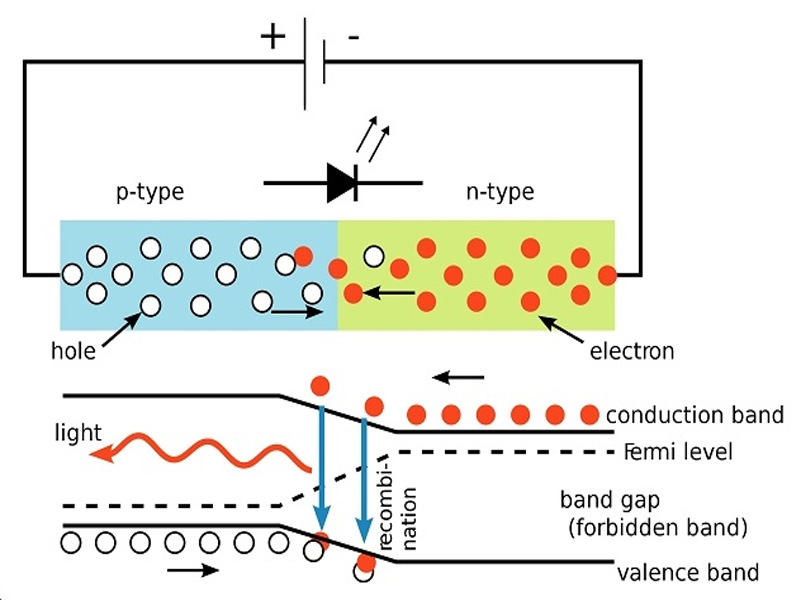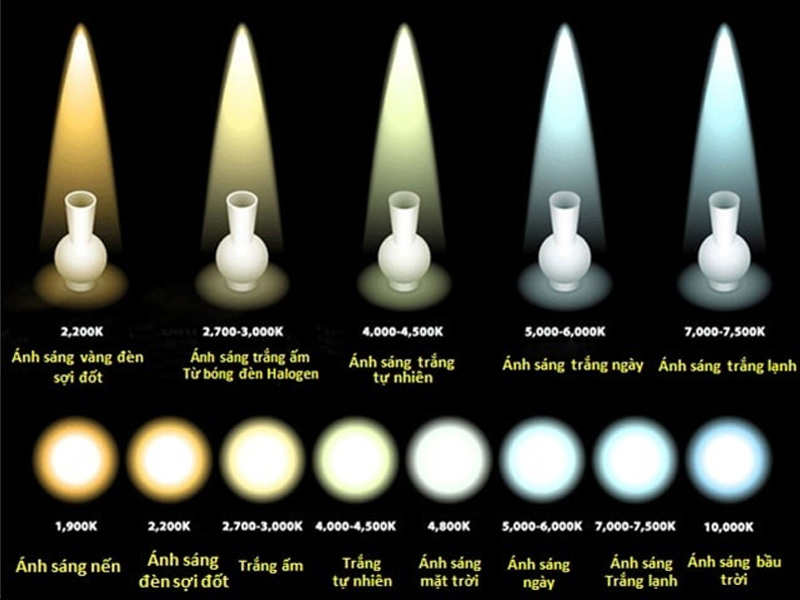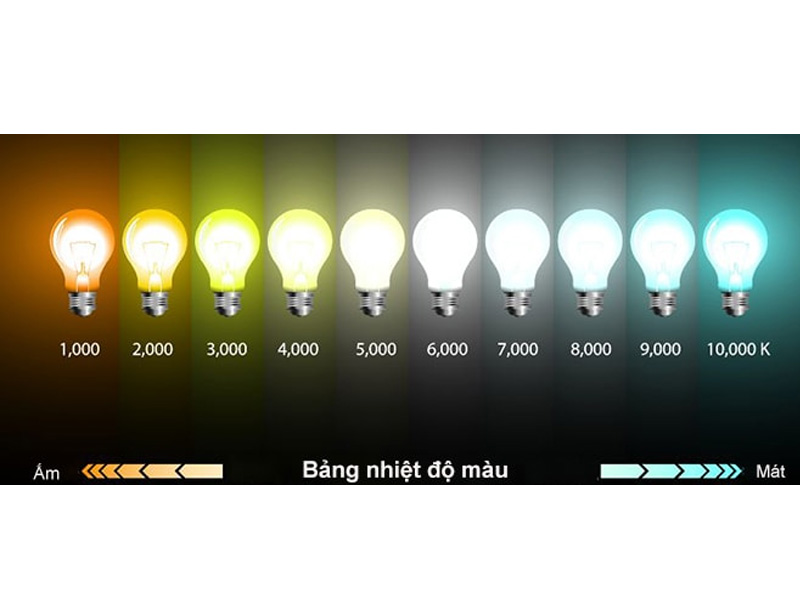The principle of operation of an LED explains why LEDs are multicolored

To understand why LEDs emit multi-colored light, we first need to learn about the structure and operation of the LEDs. Understanding the structure and the principle of operation is the basis for us to understand how to create light beams of different colors.
Regarding the general structure of leds, we have introduced in the previous article. In this article, we would like to introduce more about the principle of operation of the led lights as follows:
LED based semiconductor technology. The behavior of LEDs is similar to many types of semiconductor diodes. The p-type semiconductor block contains many types of free holes that have a positive charge, so when paired with the n-block (containing free electrons), these holes tend to have diffuse motion to the n block. At the same time, the p block receives additional electrons (negative charge) from the n block. The result is that the p-block is negatively charged (missing holes and electronically redundant) while the n-block is positively charged (electronically deficient and redundant). At the border on either side of the junction, some electrons are attracted to the holes and as they approach each other, they tend to combine to form neutral atoms. This process can release energy in the form of light (or electromagnetic radiation of nearby wavelength).
Light emitting principle of LEDs?
The led chip is the light-emitting part of an LED. The LED light-emitting chip is based on semiconductor technology. Depending on the level of high or low release energy, the wavelength of light emitted varies (ie the color of the LED will be different). The energy level (and color of the LED) completely depends on the energy structure of the semiconductor atoms.
How does the color of the LED light form?

The color of the led light is determined by the semiconductor material PN and depends on the gap between the PN link and the different materials. If the gap is large, the greater the light energy is emitted. Light energy is the color intensity of the light that the naked eye can see: blue and purple have the largest energy, red and orange have the smallest energy.
Led light has three basic colors: red, green and blue. These three colors will be blended according to the continuous spectral effect to create many different colors. There are many types of LEDs used in this style are very popular, the remaining colors are also a combination of these 3 colors according to a certain mechanism.
However, white gamut LEDs also come in many different forms, which is a mix of the above 3 colors in different ways. From a physical perspective, white is a combination of all colors. LEDs have three basic types of white commonly used: warm white, natural white and cool white.
Principle of creating white light multi color range of LEDs

The first way to create the white colors of a led light is a combination of 3 main colors, 3 chips with 3 colors will be integrated in one light bulb.
The second way is to use phosphor fluorescent powder to give the light a white color. You can coat the chip's blue surface with a yellow phosphor layer to make it white. The lens principle then combines yellow and blue light to produce white light visible to the naked eye. This is the principle commonly applied in the way white light is created today.
Light characteristics of LEDs
LED lighting includes basic features such as:
Color temperature: The correlated color temperature is a relevant parameter of the appearance of a light source when a color object when black is heated to a high temperature is emitted. When a black object is heated more, it turns red, orange, yellow, white, and finally blue. CCT of a light source (in degrees Kelvin K), is the nearest hot black object temperature that matches the color of the light source of the lamp. It characterizes the color of the emitted light, not the color of illuminated objects.

Color Rendering: The CRI color rendering stands for Color Rendering Index. The higher the CRI, the more realistic and vivid the object will appear. There are two factors that affect the value of the color return to be considered: the exact color rendering of an object and its ability to distinguish multiple colors from a light source. The CRI will be calculated with 8 standard test colors and ranges from 0 to 100. Typically, incandescent lamps will have a light source with a color return of 100, compact and fluorescent lamps of low value. more than 60-80.